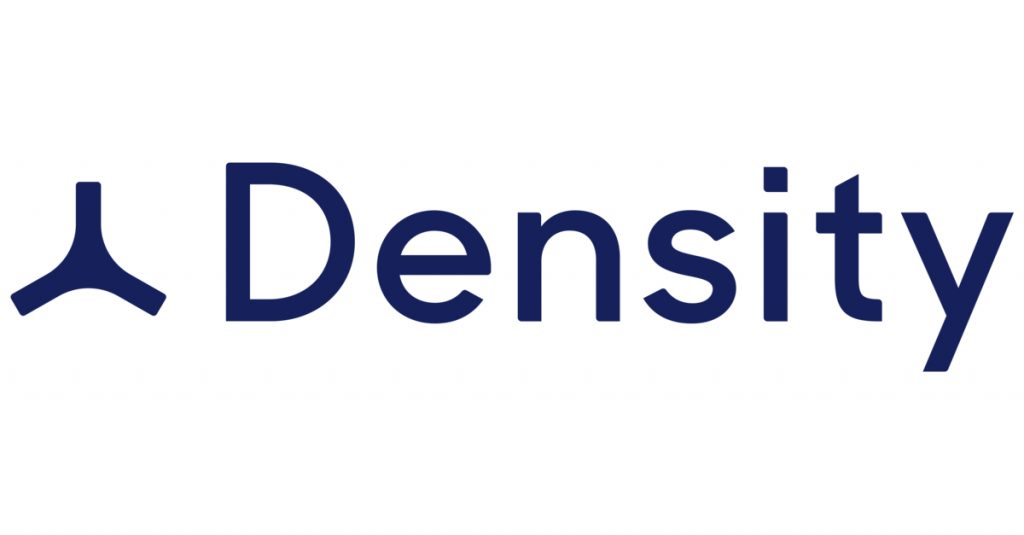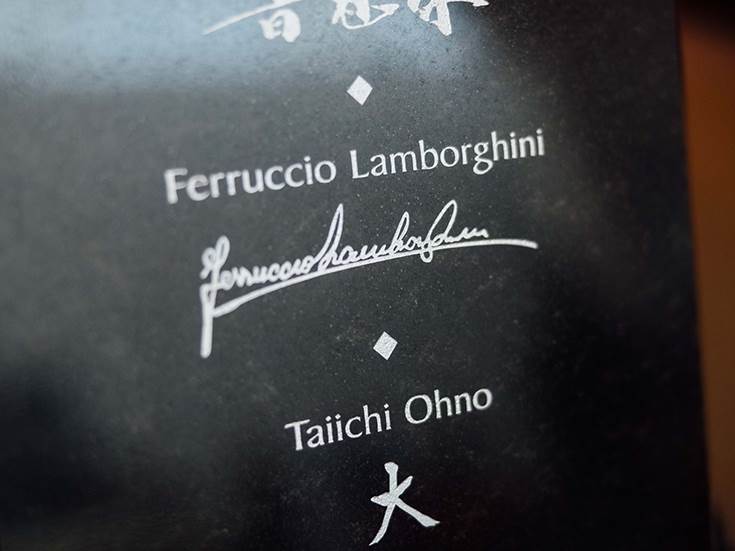MAUMEE, Ohio, July 25, 2022 /PRNewswire/ — Dana Incorporated (NYSE: DAN) will release its 2022 second-quarter financial results on Wednesday, August 3, 2022. A press release will be issued at approximately 7 a.m. EDT, followed by a conference call and webcast at 10 a.m. EDT. Members of the company’s senior management team will be available… Continue reading Dana Incorporated to Announce 2022 Second-quarter Financial Results, Host Conference Call and Webcast on August 3
Tag: Mobility
Canoo to Announce Second Quarter 2022 Financial Results
JUSTIN, Texas, July 25, 2022 /PRNewswire/ — Canoo Inc. (Nasdaq: GOEV), a high-tech advanced mobility company, today announced that it plans to report its financial results for the second quarter ended June 30, 2022 after market close on Monday, August 8, 2022. The Company will host a conference call and live webcast at 5:00 pm… Continue reading Canoo to Announce Second Quarter 2022 Financial Results
@VW Group: Ferruccio Lamborghini Gets Inducted Into the Automotive Hall of Fame005454
Recognized for his immeasurable contributions to the automotive industry Sant’Agata Bolognese/Detroit, MI, 25th July 2022 – On July 21, top automotive executives and VIPs gathered at The Icon on the Detroit waterfront to celebrate the induction into the Automotive Hall of Fame of a diverse group of automotive and mobility pioneers from around the globe,… Continue reading @VW Group: Ferruccio Lamborghini Gets Inducted Into the Automotive Hall of Fame005454
@VW Group: Audi Denkwerkstatt and Techstars search for and support startups for Audi’s ecosystem005454
Startups to contribute to the success of Audi’s strategy: In collaboration with the internationally renowned startup accelerator Techstars, Audi Denkwerkstatt is launching a new program for early-stage startups and future founders. The innovation unit of Audi is thereby tying into one of the key fields of action in the corporate strategy “Vorsprung 2030”: building a… Continue reading @VW Group: Audi Denkwerkstatt and Techstars search for and support startups for Audi’s ecosystem005454
German Manager Magazin: New Volkswagen boss Oliver Blume: His biggest construction sites001943
The obligatory summer break at Volkswagen is canceled for Oliver Blume (54) this year. It has been known since Friday evening, 6 p.m., that the previous Porsche boss will replace Herbert Diess (63) at the head of the Volkswagen Group in September. Diess has achieved a lot in his almost four and a half years… Continue reading German Manager Magazin: New Volkswagen boss Oliver Blume: His biggest construction sites001943
The Chip Shortage Is Easing—but Only for Some
But the turnaround is far from uniform. Everstream’s data shows that lead times for some advanced chips needed for medical devices, telecommunications, and cybersecurity systems is around 52 weeks, compared to a prior average of 27 weeks. Automotive companies that were badly affected by the pandemic because they initially canceled orders for components were then… Continue reading The Chip Shortage Is Easing—but Only for Some
Density Acquires Prevision.io
Density, a San Francisco, CA-based company building hardware and software that helps companies measure, analyze and optimize physical space, acquired Prevision.io, a Paris, France-based data science company. The amount of the deal was not disclosed. The acquisition is part of a larger global expansion, starting in Europe. Density is also announcing it has hired J… Continue reading Density Acquires Prevision.io
Real driverless cars are now legal in Shenzhen, China’s tech hub
There are plenty of autonomous driving vehicles testing on the roads of Shenzhen today: Pony.ai, Baidu, DeepRoute, AutoX, you name it. But these vehicles are not really the unmanned vehicles that tech upstarts envision for the future, as they have been required to operate with a safety driver behind the wheel. A set of provisions… Continue reading Real driverless cars are now legal in Shenzhen, China’s tech hub
The Station: Executive upheaval at VW Group and the tale of two Tesla earnings
The Station is a weekly newsletter dedicated to all things transportation. Sign up here — just click The Station — to receive it every weekend in your inbox. Welcome back to The Station, your central hub for all past, present and future means of moving people and packages from Point A to Point B. Last week… Continue reading The Station: Executive upheaval at VW Group and the tale of two Tesla earnings
Ferruccio Lamborghini inducted into Automotive Hall of Fame
On July 21, top automotive executives and VIPs gathered at The Icon on the Detroit waterfront to celebrate the induction into the Automotive Hall of Fame of a diverse group of automotive and mobility pioneers from around the globe, including the legendary Ferruccio Lamborghini. Ferruccio Lamborghini was not only instrumental in establishing Automobili Lamborghini in… Continue reading Ferruccio Lamborghini inducted into Automotive Hall of Fame


